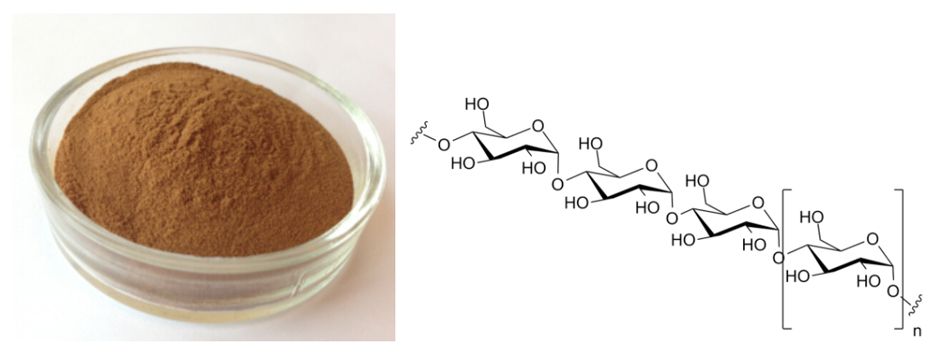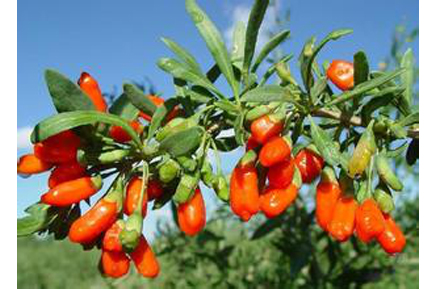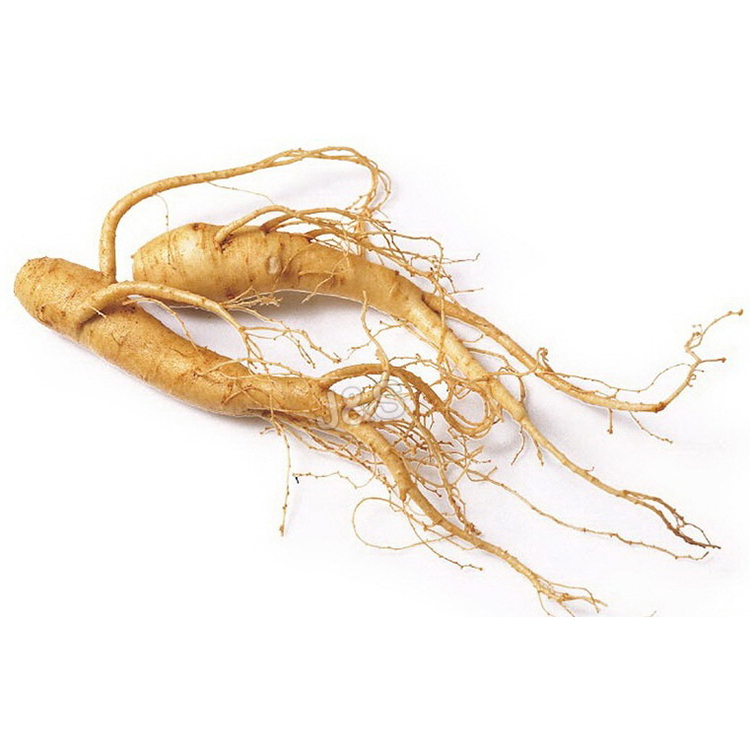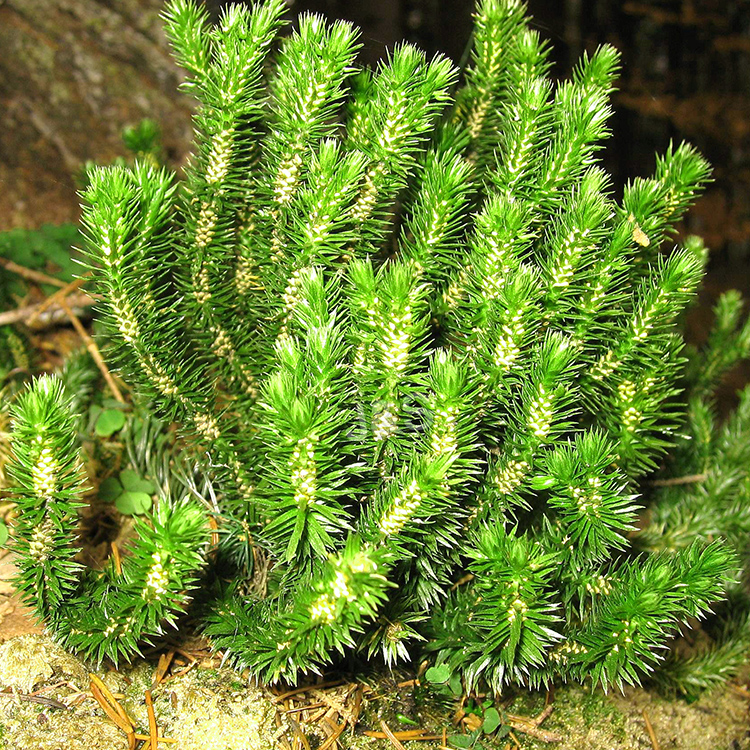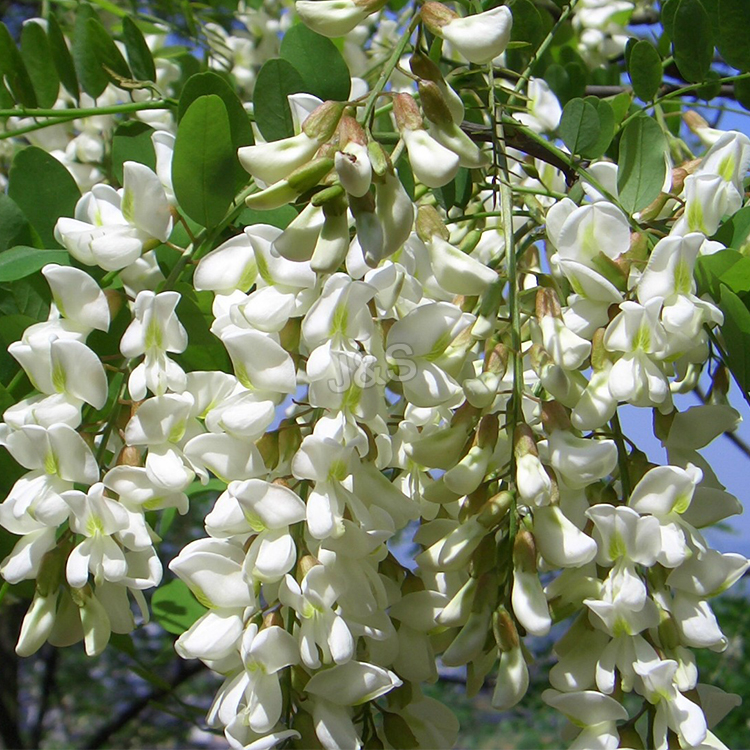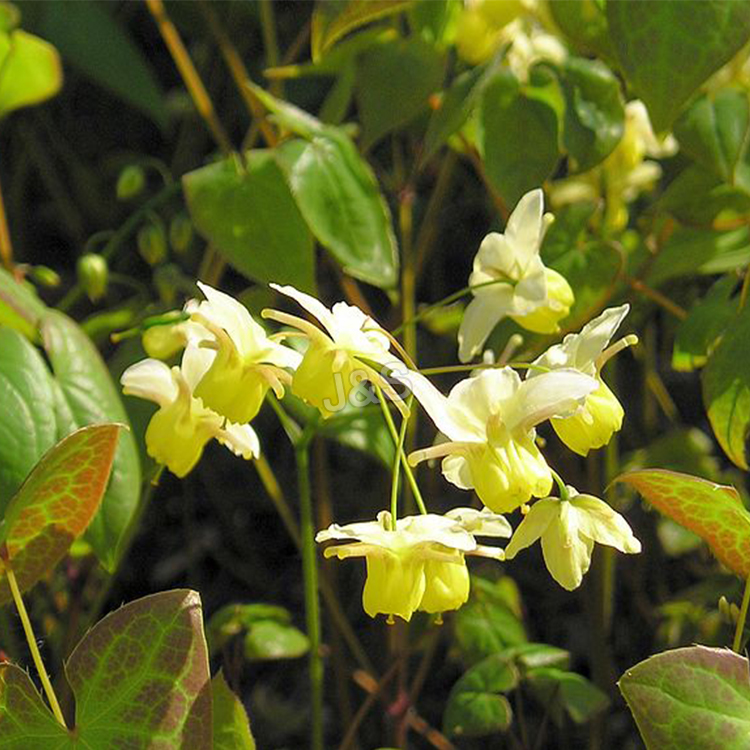China Cheap price Wolfberry Extract Supply to Uzbekistan
China Cheap price Wolfberry Extract Supply to Uzbekistan Detail:
[Latin Name] Lycium barbarum L.
[Plant Source]from China
[Specifications]20%-90%Polysaccharide
[Appearance] Reddish brown powder
Plant Part Used:Fruit
[Particle size] 80 Mesh
[Loss on drying] ≤5.0%
[Heavy Metal] ≤10PPM
[Shelf life] 24 Months
[Package] Packed in paper-drums and two plastic-bags inside.
[Net weight] 25kgs/drum
Product Description
The wolfberry is harvested when the fruit is orange red. After drying to the skin wrinkles, it is exposured to the skin moist and soft fruit, then removed the stem. Wolfberry is a kind of rare traditional Chinese medicine which is very rich in nutrients and has high medicinal value The materials contain not only such as iron, phosphorus, calcium, but also a lot of sugar, fat and protein. It also contains polysaccharide with good health care function to human body and organic germanium that is beneficial to human’s intelligence.
Function
1. With the function of regulating immune, inhibiting tumor growth and cell mutation;
2. With the function of lipid-lowering and anti-fatty liver;
3. Promoting the function of hematopoietic;
4. With the function of anti-tumor and anti-aging.
Applications:
1. Applied in food field, it can be produced into wine, canned, condensed juice and other more nourishment;
2. Applied in health product field , it can be made into suppositories, lotions, injection, tablets, capsules and other dosage forms to regulate immunity;
3. Applied in pharmaceutical field, effectively treating cancer, hypertension, cirrhosis and other diseases;
4. Applied in cosmetics field, it can prevent skin aging and improve skin elasticity.
Product detail pictures:
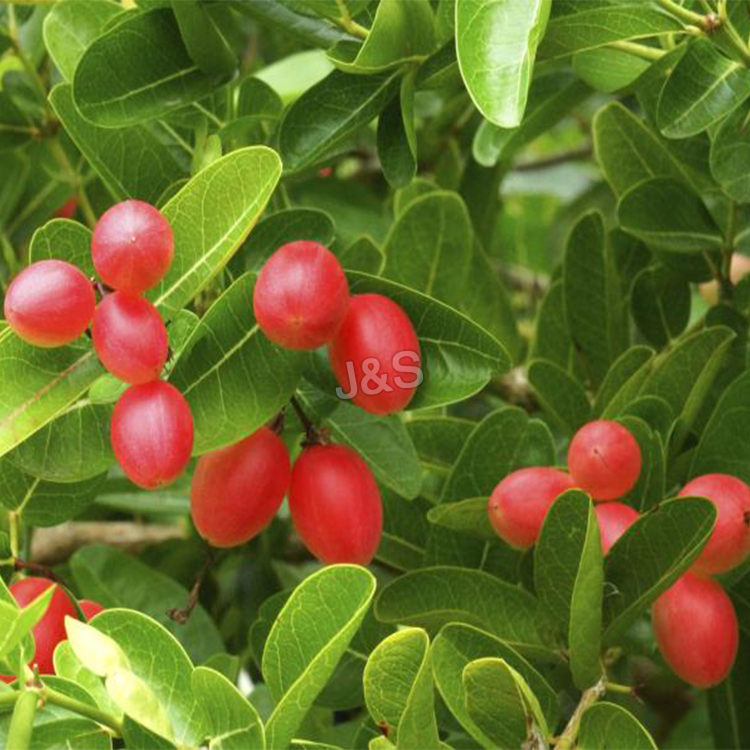
Related Product Guide:
Our eternal pursuits are the attitude of "regard the market, regard the custom, regard the science" plus the theory of "quality the basic, have faith in the main and management the advanced" for China Cheap price Wolfberry Extract Supply to Uzbekistan , The product will supply to all over the world, such as: Buenos Aires, Oman, Plymouth, Our market share of our products and solutions has greatly increased yearly. If you are interested in any of our products or would like to discuss a custom order, make sure you feel free to contact us. We've been looking forward to forming successful business relationships with new clients around the world in the near future. We've been looking forward to your inquiry and order.
The body’s first line of defense against coronary artery disease, the most common type of heart disease, are endothelial cells. These cells serve as the “traffic cop” for blood flow, directing blood to the appropriate area of the body such as the heart, brain, muscles or digestive system to support the body’s actions. A study published in the January 2012 issue of European Heart Journal found that natural supplement Pycnogenol® (pic-noj-en-all), an antioxidant plant extract from the bark of the French maritime pine tree and natural solution for heart health, improves endothelial function in patients with stable coronary artery disease.
Best high antioxidant rich fruits
Berries
Blueberries, raspberries and blackberries are rich in proanthocyanidins, antioxidants that can help prevent cancer and heart disease. Eat them frozen in a morning smoothie, toss a handful over your morning yogurt or cereal or enjoy them as an afternoon snack.
Walnuts
Just an ounce of walnuts, or 15 to 20 halves, is loaded with antioxidants. They’re also cholesterol-free and low in sodium and sugar. 100 grams of walnuts contain 15.2 grams of protein, 65.2 grams of fat, and 6.7 grams of dietary fiber. The protein in walnuts provides many essential amino acids.
Green Tea
Green tea contains high concentrations of catechin polyphenols. These compounds work in the body with other chemicals to heighten levels of fat oxidation and thermogenesis. Green tea has also been shown to be preventative against cancer, heart disease and high cholesterol.
Tomato
Tomatoes are by far the richest source of a powerful anticancer agent called lycopene. In fact, research has shown lycopene to be an even more powerful disease fighter than vitamin E and beta carotene. Lycopene needs fat for optimal absorption to occur. Therefore, putting the healthy fat olive oil in your spaghetti sauce is an excellent trick to increase your lycopene levels. Start including more tomatoes in your diet in the form of sliced, whole, canned, stewed or sauced tomatoes or tomato paste.
Grapes
The wealth of antioxidant nutrients in grapes is somewhat startling! In addition to providing us with conventional antioxidant nutrient like vitamin C and manganese, grapes are filled with antioxidant phytonutrients that range from common carotenoids like beta-carotene to unusual stilbenes like resveratrol, and the total number of different antioxidant nutrients in grapes runs well into the hundreds. It’s important to note that the seed and the skin contain the richest concentration of antioxidants. It’s very rare to find a higher concentration of an antioxidant in the fleshy part of the grape than is present in the seed or skin.
Kiwifruit
Kiwifruit emerged from our food ranking system as an excellent source of vitamin C. This nutrient is the primary water-soluble antioxidant in the body, neutralizing free radicals that can cause damage to cells and lead to problems such as inflammation and cancer. In fact, adequate intake of vitamin C has been shown to be helpful in reducing the severity of conditions like osteoarthritis, rheumatoid arthritis, and asthma, and for preventing conditions such as colon cancer, atherosclerosis, and diabetic heart disease. Our food ranking system also qualified kiwifruit as a very good source of dietary fiber.
Artichoke Hearts
The edible parts of the globe artichoke – that is, the juicy heart and the tender inner leaves of the immature flower bud – are right there on top of the list of vegetables with the strongest in-vitro antioxidant capacity. As you may know, antioxidants are beneficial substances that protect our bodies from cellular damage caused by free radicals. When eaten regularly as part of an overall healthy diet, antioxidant-rich foods such as artichoke hearts and leaves may provide anti-aging benefits and protection against degenerative diseases such as heart disease and Alzheimer’s disease.
Blueberries
Blueberries are not only popular, but also repeatedly ranked in the U.S. diet as having one of the highest antioxidant capacities among all fruits, vegetables, spices and seasonings. Antioxidants are essential to optimizing health by helping to combat the free radicals that can damage cellular structures as well as DNA. We recommend enjoying raw blueberries – rather than relying upon blueberries incorporated into baked desserts – because, like other fruits, raw blueberries provide you with the best flavor and the greatest nutritional benefits.
Strawberries
When only fruits were considered, strawberries came out 4th among all fruits. Recent research has shown strawberries to be a surprisingly fragile, perishable, and delicate fruit. Given their unique combination of antioxidant and anti-inflammatory nutrients, it’s not surprising to see strong research support for strawberry health benefits in three major areas: (1) cardiovascular support and prevention of cardiovascular diseases (2) improved regulation of blood sugar, with decreased risk of type 2 diabetes, and (3) prevention of certain cancer types including breast, cervical, colon, and esophageal cancer.
Red Apples
Apples are rich in antioxidant phyto-nutrients flavonoids and polyphenolics. The total measured anti-oxidant strength (ORAC value) of 100 g apple fruit is 5900 TE. Some of the important flavonoids in apples are quercetin, epicatechin, and procyanidin B2. Additionally, they are also good in tartaric acid that gives tart flavor to them. Altogether, these compounds help the body protect from deleterious effects of free radicals.
We feel easy to cooperate with this company, the supplier is very responsible, thanks.There will be more in-depth cooperation.
